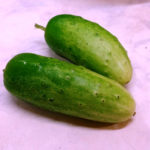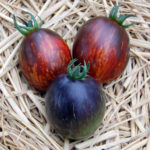Rose Talea
Despite the fact that the Taleya rose does not have a bright color, it is simply impossible not to admire it. It seems that it cannot be more tender than a flower. It is thanks to the soft color scheme that the variety is extremely popular with florists who skillfully emphasize the beauty of our heroine with delicate greenery or combine with other varieties of roses that differ in color expression. Our heroine also looks great with exotic flowers, for example, orchids or freesia.
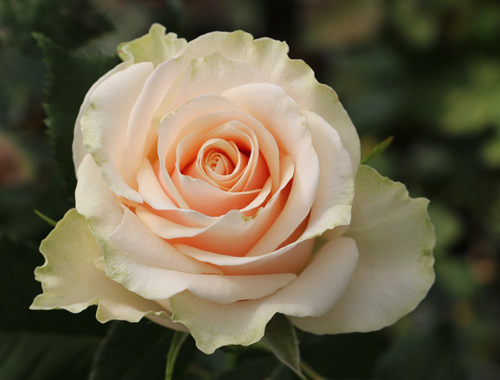
Origin
A charming beauty from the Netherlands. It was introduced to the rose-growing world in 2004 by Lex Voorn. Our heroine belongs to the hybrid tea family. In the flower market it is known as Talea +, Lexaelat. It was created as a variety for cutting, but it is successfully grown as a garden plant, gaining more and more popularity in this capacity.
Description
Talea bush is erect, compact, dense. The usual height of a rose is about 80 cm, but sometimes it can grow up to a meter in height and even a little higher. The bush does not take up much space in the volume - only 50 cm. The shoots are strong, straight, with a small number of thorns. Shoot-forming ability and foliage are good. The leaf is large, pinnate, dark green in color, with a smooth, slightly shiny surface. Basically, the shoot is crowned with one bud, less often three-flowered inflorescences are formed.
The bud is dense, harmonious, goblet-shaped, like all hybrid tea crops. The diameter of the flower is about 8 cm, but many companies selling the Talea variety declare a larger diameter - 10 - 12 cm. In the half-opening, the bud has a classic shape, the center is high, closed. Talea's buds bloom slowly, gradually turning into moderately double flowers, consisting of 17 - 25 petals. The petals are dense, matte, with wavy edges. It is simply not possible to describe the color of a rose in one word, and even looking at numerous photographs it seems that you are looking at completely different varieties. One flower can harmoniously combine pink, ivory, apricot, light green shades. Color transitions are smooth. Covering petals are almost white, with a slight light green tint. Opening, the flower is painted in the most delicate shades of pink, while the edges of the petals are much lighter than the main shade and seem almost white. In the middle of the flower, warm apricot tones are visible.
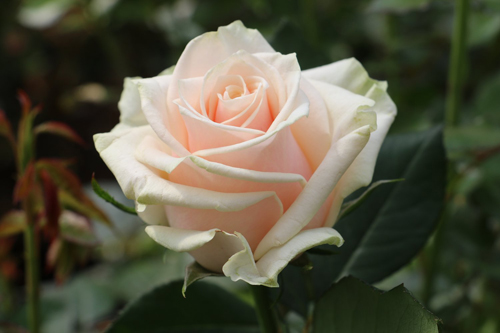
Flowering period
Thalee is a multi-flowering species. The flowering of a rose begins at the end of May, reaches its highest intensity in June, and decreases in July, but does not completely stop. After 2 weeks, the process resumes with renewed vigor and lasts until the onset of cold weather. Flowering can be described as abundant, flowers on the bush last for a long time. The aroma is very light, subtle.
Characteristics
- Talea blooms the next year after planting;
- winter hardiness of the culture is average, but it is quite suitable for growing in regions with a temperate climate. Taking into account the system adopted by the USDA, Thaleia is recommended for planting in USDA zone 6, which corresponds to -23.3 ° C in winter;
- the rose has good immunity. There is resistance to powdery mildew and black spot, but in unfavorable years, lesions are possible. Although, according to reviews of rose growers, the culture practically does not get sick;
- pests are not afraid of our heroine, whitefly and ticks are not frequent guests on the bush;
- resistance to rain is declared to be medium, which suggests damage to some Talea flowers during the precipitation period. This is also confirmed by flower growers. After the rain, delicate petals are covered with ugly dark spots. And if precipitation is accompanied by cold snaps, then the buds can rot;
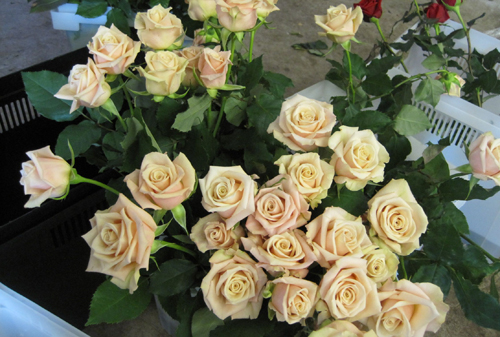
- according to some reviews, with high solar activity, small reddish dots may appear on the petals. Such flowers are no longer suitable for cutting, but on a bush they do not spoil the general impression;
- cut roses in a vase will delight you with an elegant appearance for almost 2 weeks, from the bud stage to full disclosure.
Planting and leaving
In the Moscow region and central Russia, Talea is best planted in the spring - in April or early May. A site for planting should be chosen well warmed up, illuminated. But according to the observations of flower growers, the plant feels best where in the summer at midday the bushes are slightly covered with scattered partial shade. That's what our heroine really does not tolerate is drafts and waterlogging. Fill the planting hole with nutritious soil, full-fledged top dressing, with proper planting, can begin in the 2nd or 3rd year. During the flowering period, the rose will be grateful to you for the universal feeding for flowering, containing all the necessary trace elements. Do not forget that after the first wave of flowering, the plant must be fertilized so that the re-flowering is as abundant as the first. Water the bushes as needed, making sure that the soil does not dry out and does not become waterlogged. Often our heroine is grown in greenhouses, where ideal conditions are created, where the variety is able to show high productivity. Talea also feels good in greenhouses.
Thalea is quite unpretentious, despite its exquisite sophistication. Even a novice gardener can grow it. The plant responds to attention to its person with abundant flowering. But it should be borne in mind that in the open ground the variety will show its true beauty only in a suitable climate. Cold and wet weather leaves unsightly marks on the petals. The culture, although it belongs to healthy and strong, nevertheless needs preventive treatments against diseases and pests, especially in unfavorable years. The rose is very fond of florists, using it to make bouquets and flower arrangements. In the garden, pastel, delicate colors will help create a seating area. The shrub looks good in single plantings, it goes well with other plants, helping to balance out too bright colors. Against the background of low blue spruce trees, our heroine looks especially advantageous.


